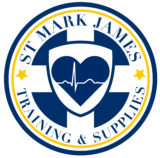Recognizing and treating a broken arm
A broken arm can be painful but rarely a life-threatening emergency. It is important to learn how to recognize a broken arm in order to decide how to respond to it appropriately. This injury is quite among after a fall or when engaged in contact sports. Signs and symptoms of a broken arm Depending on […]
Recognizing and treating a broken arm Read More »
